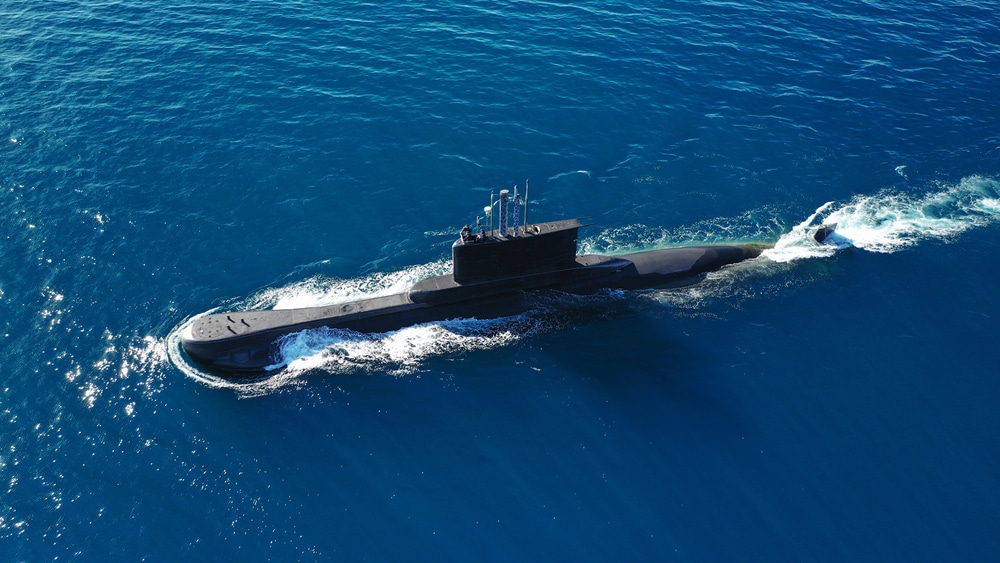Researchers at Harbin Engineering University in Heilongjiang province, China, claim to have made significant progress in developing a laser propulsion system for submarines that could achieve speeds comparable to jet engines. This system works by using lasers to generate plasma underwater, creating a “detonation wave” that propels the submarine forward. This concept, which mirrors ideas first proposed by Japanese researchers two decades ago, has been in development in China for over ten years.
The recent advancements were detailed in a paper published in the Chinese journal Acta Optica Sinica, where researchers described the potential of coating submarines with thin optical fibers. These fibers, thinner than human hair, would emit laser power to produce up to 70,000 newtons of thrust using only two megawatts of laser power. This method also induces “supercavitation,” a process where vaporizing water forms bubbles around the submarine, significantly reducing water resistance and potentially allowing the vessel to exceed the speed of sound underwater.
The project, led by Ge Yang, an assistant professor at Harbin Engineering University, not only aims to enhance the speed and efficiency of submarine travel but also suggests possible military applications, including stealth capabilities for nuclear submarines and rapid underwater weapons deployment.
Despite the potential, the technology faces several challenges, including managing the heat dissipation of optical fibers, enduring high-power and high-salinity environments, and adapting steering and control systems for underwater use. Nevertheless, the advancements align with global trends towards electric propulsion and could contribute to military and civilian marine operations, including environmentally friendly shipping initiatives.
This development occurs amidst increased military focus in China, with President Xi Jinping pushing for rapid modernization of the People’s Liberation Army. This initiative includes the recent establishment of an Information Support Force to enhance China’s capabilities in information warfare, reflecting broader strategic ambitions in the Indo-Pacific region.
Expanded Coverage:






